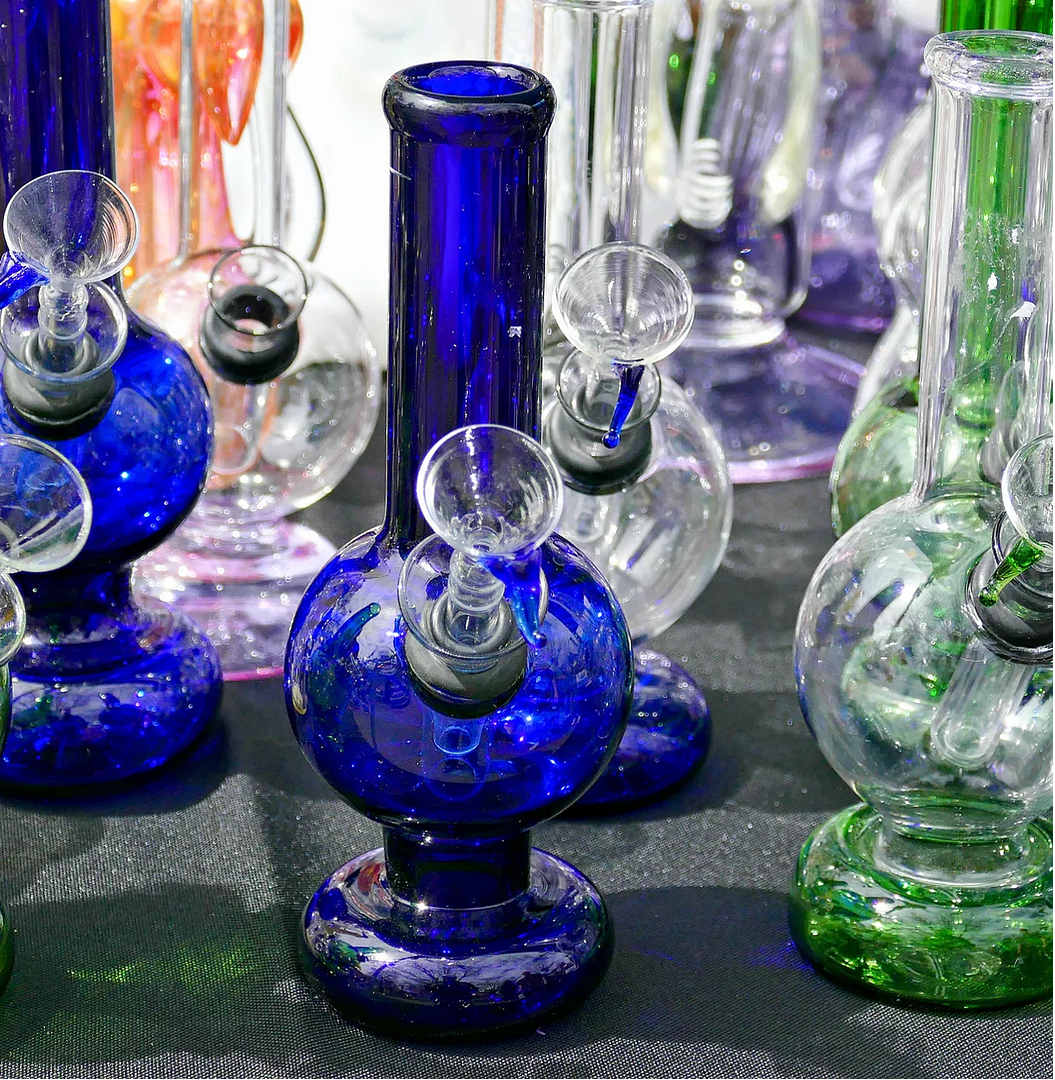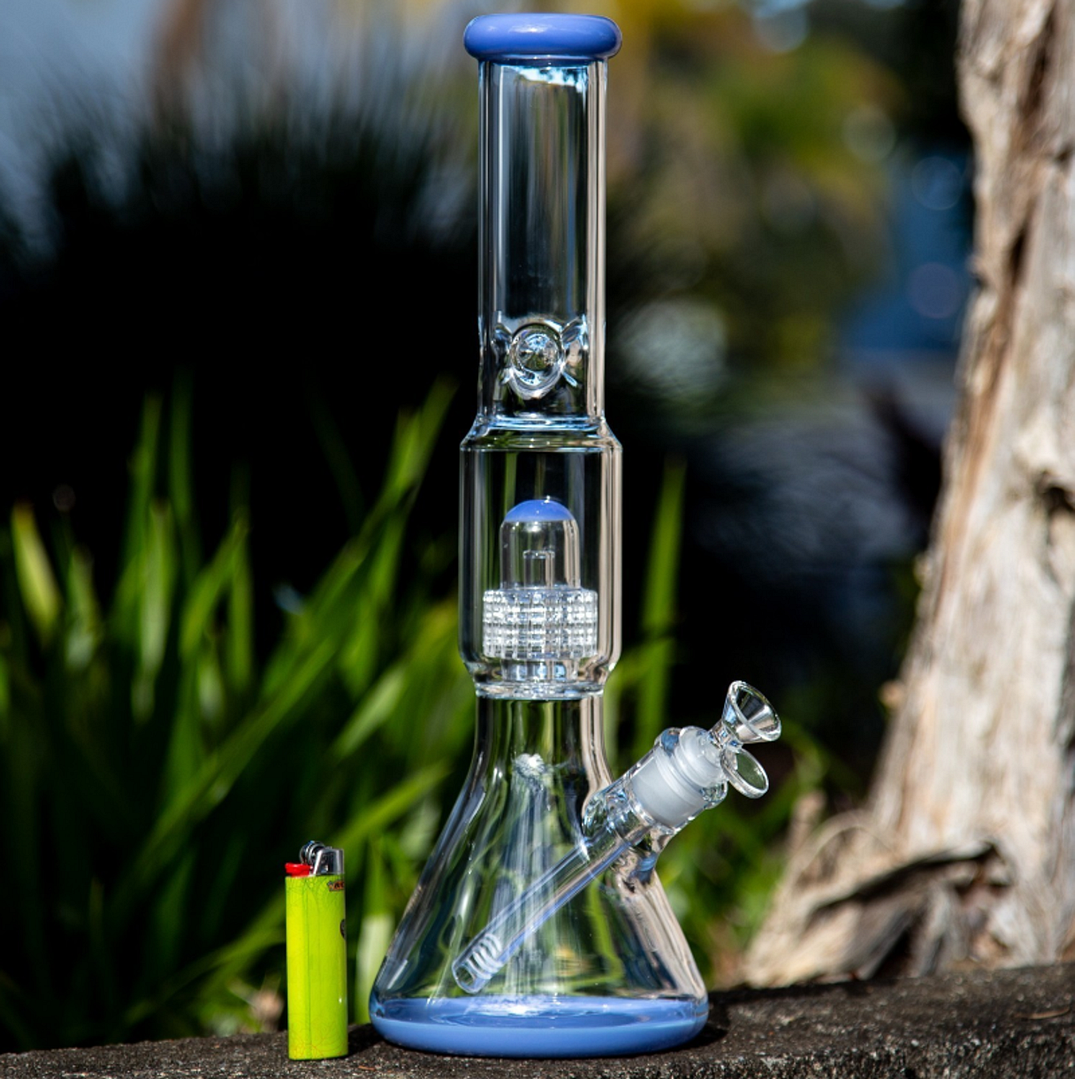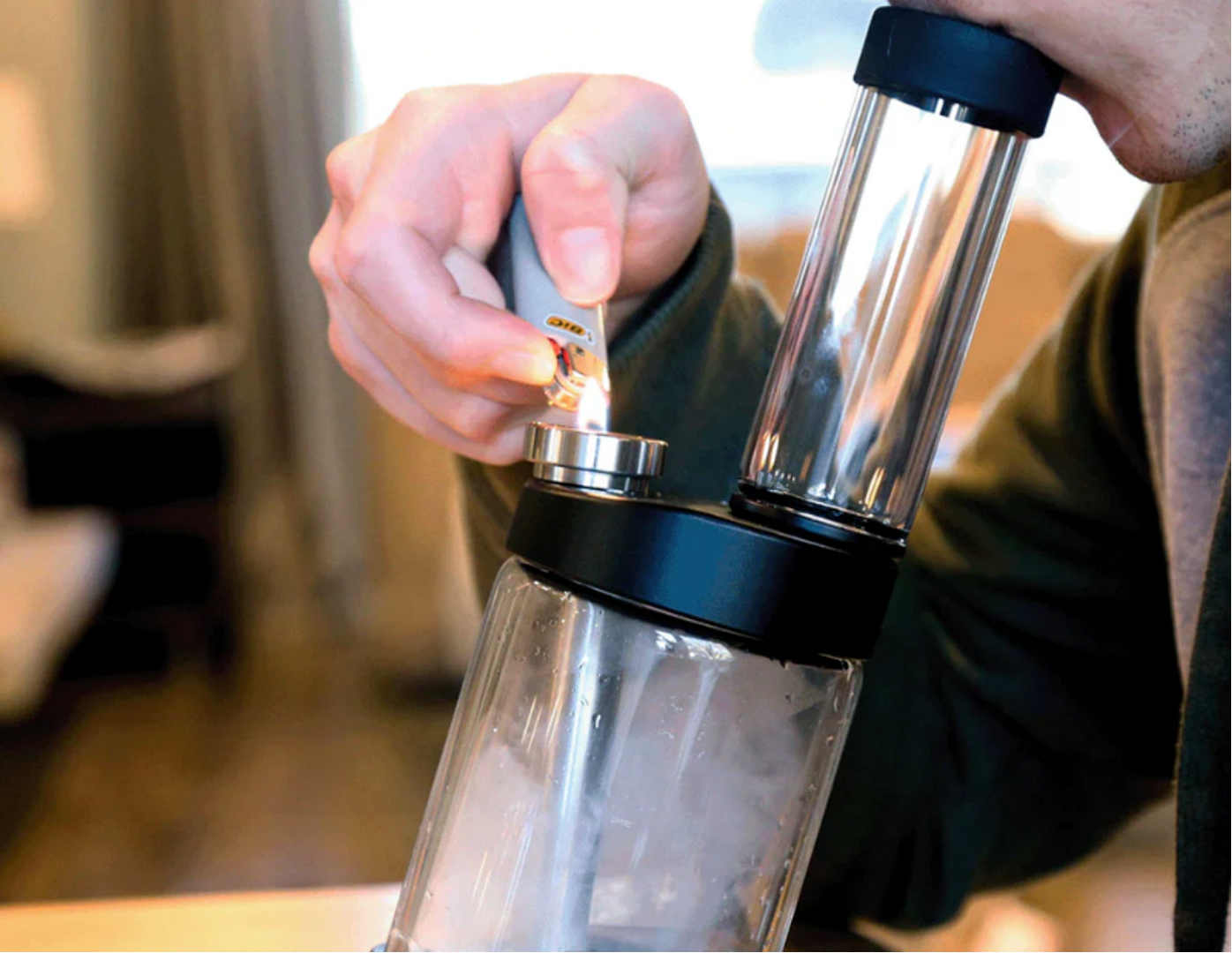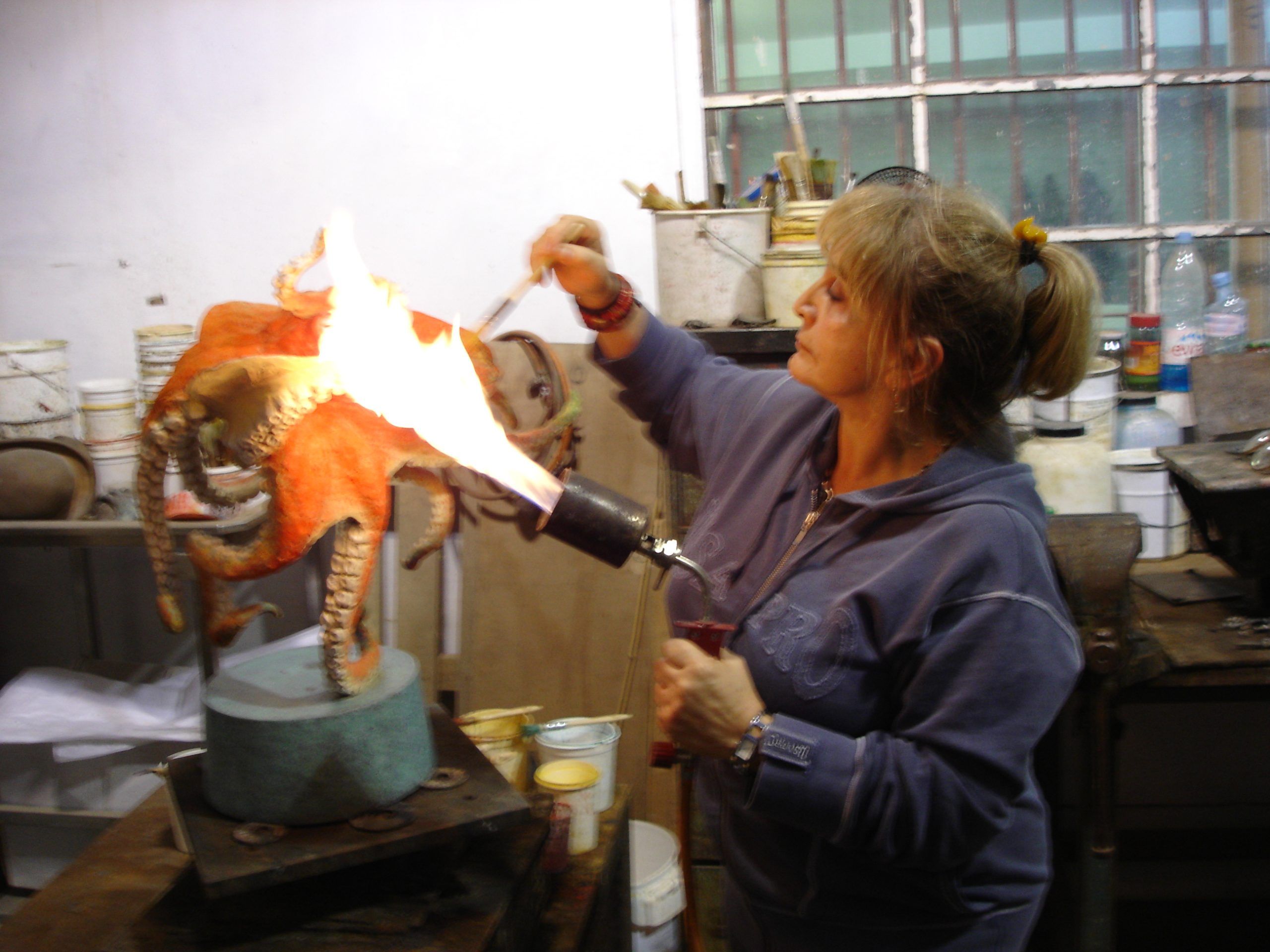
Ever pick up a water bong at a shop, admire the glass, then feel stuck because you don’t know what actually matters? You are not alone, and a little plain advice goes a long way when you want smooth draws, easy cleaning, and gear that lasts more than a month.
Good news: once you learn a few basics about size, shape, parts, and upkeep, the whole thing becomes simple. You can choose a setup that fits your space, your budget, and your routine using a clear checklist, and you’ll get more out of every bowl while keeping cleanup quick.
How Do You Choose a Water Pipe Bong?

You will find a variety of styles on the shelf, each one tailored to a slightly different routine and space. If you want user-friendly and easy-to-maintain water bongs, the details below explain how size, materials, filtration, add-ons, and cleaning shape your experience.
Size, Shape and Stability
Match size to your space and lungs in a practical way. A compact bong around 20 to 25 cm stores easily on a desk and gives short, lively draws. Taller pieces at 30 to 40 cm cool smoke more, which feels gentler, although they need more room and a steadier pull. For the base, a beaker design spreads weight and resists tipping on busy tables, while a straight tube fits tight shelves and clears fast. If you plan to move from room to room, a mid-size beaker hits a nice balance.
Look closely at the mouth and neck angle. A slightly flared lip helps you form a seal without effort, and a gentle neck tilt keeps your face away from the bowl as you light.
Also, check where the downstem enters the chamber, since that spot sets the water line and affects how easily you can pour water out. If you enjoy colder pulls, choose an ice pinch that holds a few cubes above the water. Keep the layout simple so you dial in comfort fast.
Materials and Build Quality
Start with glass. Pick borosilicate for clean flavour and simple scrubbing, since it handles quick temperature changes and resists small bumps. Aim for 4–7 mm walls for a bit more durability. Choose a removable downstem so you can rinse parts fast, and stick to 14 mm or 18 mm joints to find bowls and adapters in most shops. Run a finger around the mouth to check for smooth edges, and make sure the seal feels snug.
For silicone, go with food-grade material if you want a shatter-safe option for travel or shared spaces. Pair it with a glass or metal downstem and bowl to keep the taste crisp. Clean with warm soapy water and a bottle brush, then let everything air dry. Resin can hold odour on silicone, so change water often and give the body a quick rinse after each session. Keep the flame on the bowl, not the body.
Ceramic brings weight and a cool, smooth pull. That weight adds stability on a table, yet drops can chip the glaze, so handle it gently. Choose food-safe glazes only, avoid sudden heat swings, and clean with warm water plus alcohol on the removable glass parts.
Filtration and Percolators
Water handles most of the cooling, yet the percolator design shapes how that water moves. With a diffused downstem, smoke travels through small holes and turns into finer bubbles, which smooths the pull while keeping drag low. Honeycomb and showerhead percs add many small paths that even out each breath and feel great for daily use. Tree percs and multi-chamber stacks add cooling too, although they raise drag and stretch cleaning time. If you want a fast routine, avoid long, narrow arms and hidden corners that trap resin.
Think about extra cooling as well. An ice pinch positions a few cubes above the water, and a glycerin coil chilled in the freezer cools the smoke without melting into the chamber. Both add comfort, although they add parts to wash. If you are new to this, start with one level of diffusion plus an ice pinch. You will still get smooth hits, and you will not spend your weekend scrubbing tiny slits that you can barely see.
Accessories and Compatibility
Plan for growth so you do not hit a dead end later. Choose a 14 mm or 18 mm joint size so you can find bowls, adapters, and ash catchers in most shops. If you want a cleaner main chamber, add an ash catcher at the joint to trap tar before it reaches the body, and as a result, you change water less often and spend less time scrubbing.
Also, match joint angles so the add-on sits level and does not flood. If you switch between a dry herb bowl and a one-hitter, pick a bong that stands solid on a table and leaves room for your hands.
Grinder choice matters for airflow. A medium grind packs evenly and burns at a steady pace. If the bowl pulls tight, tamp more lightly and mix in a few larger bits. Keep simple tools nearby, like a poker for clearing, silicone stoppers for the joint and mouth, and a small rack for drying parts. For travel or shared spaces, add a padded sleeve. By sticking with common sizes, you avoid odd adapters and spare parts that sit unused.
Maintenance and Cleaning Routine
If cleaning feels like a chore, usage frequency can inherently drop. Choose a shape with a wide mouth, a removable downstem, and straight paths that a brush can reach. Replace the water after each session to prevent stale taste. For glass, use isopropyl alcohol at 70 to 99% with coarse salt as a scrub. Plug the openings, shake until the tar loosens, then rinse with hot water until the smell fades. Never mix alcohol and bleach, and keep flames far from alcohol.
For silicone, use warm soapy water and bottle brushes. You can soak small glass parts in alcohol inside a zip bag, then rinse and air dry. If resin builds up fast, add an ash catcher or use a charcoal filter adapter to catch particles before they enter the body. Set a quick weekly plan with five minutes to dump water, rinse, and give the downstem a shake. This simple habit keeps the flavour fresh and keeps your bong ready at any time.
How to Properly Use a Water Bong?

Using water bongs feels natural once you run through the steps a few times. Start by adding clean water until the downstem slits sit about 1 to 2 cm below the surface. Too little water leads to harsh pulls, and too much water creates heavy draws and can splash. If your piece has an ice pinch, place a couple of cubes above the water line. Grind your herb to a medium texture, not powder. Pack the bowl loosely so air can pass through, then level the top with a light tap.
Set the bong on a flat surface and seal your lips around the mouthpiece. Put the flame to the corner of the bowl and start a slow, steady pull so the herbs light evenly. Watch the chamber fill, then remove the flame and keep the breath going. When the chamber looks milky, lift the bowl or pull the slider and clear in one smooth breath. Do not rush the clear. A calm finish tastes better than a harsh rip.
Between hits, stir the bowl with a poker and tap out ash. If the water looks cloudy or smells off, replace it right away. Keep a small towel nearby so you can dry parts after a quick rinse and avoid water spots. Store the bong upright in a safe spot. Most breaks happen during cleaning or when someone bumps a shaky table, so handle parts over a sink or a soft mat. With fresh water, a medium grind, and an even pull, water bongs deliver smooth, cool hits and a routine you can repeat every day.




